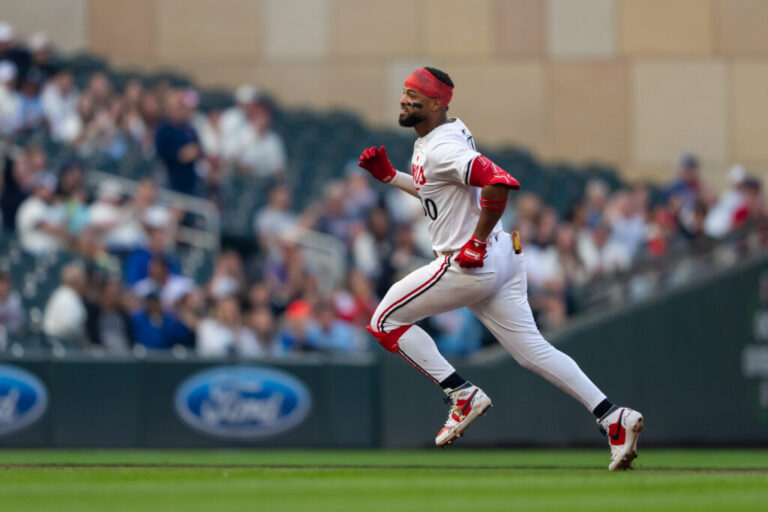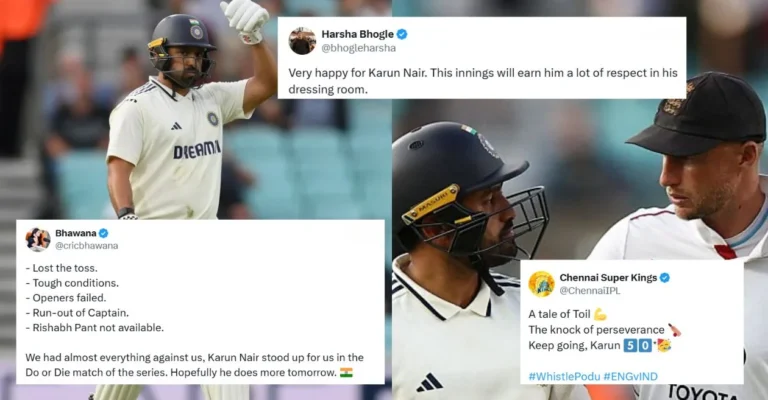

Last week, the Angels announced that they had signed catcher Travis d’Arnaud to a two-year deal. I was on vacation at the time and I didn’t hear about the move until later. Truthfully, I didn’t think about it too much once I did hear about it. However, I heard immediately about what happened on Sunday, and when I did my ears perked right up. Deep within a Tampa Bay Times article about the Rays’ housing crisis, Marc Topkin buried a gem: “The Rays had interest in” d’Arnaud. Why is that minor detail so consequential? Because it means that We Tried season is officially underway. For the uninitiated, We Tried is what teams sometimes tell their beat reporters after a free agent they coveted signs with another team. The beat reporters dutifully report this retrospective interest to their readers. It’s a bizarre ritual, but it’s also a lot of fun (unless you were a fan of the Mets during the Wilpon Era, in which case I apologize for not including a trigger warning at the top of this article).
Only one team gets to sign each free agent, but every team is free to announce publicly that they wanted that free agent and to do so in whatever language they choose. The Phillies were reportedly in on Yoshinobu Yamamoto. The Red Sox had interest in Kodai Senga. Topkin’s report included the tidbit that d’Arnaud didn’t sign with the Rays because he “supposedly wanted to get back to his native southern California.” Frankly, there’s no reason to limit this to baseball teams. Anybody can do it. For example, I can officially report that I was interested in Michael Wacha. Unfortunately, he decided to return to the Royals for several million dollars before I had time to make my opening offer of $35, unlimited soda from the vending machine, and two of those really big pumpkins you see at the state fair.
“Plans are real things and not experience,” wrote John Steinbeck. “A rich life is rich in plans. If they don’t come off, they are still a little bit realized.” MLB front offices agree with him. Organizations normally go to absurd lengths in order to keep their best-laid plans secret, but once those plans gang agley, they’re more than happy to make sure that the public awards partial credit for them. The move carries no real risk. These reports almost never indicate the name of the executive who made the claim, and even if the claim is untrue, the free agent in question usually has little reason to refute it.
Teams often have legitimate reasons for announcing to the world that they were in on a free agent. First of all, it might simply be the truth, and telling the truth is generally a good thing. It could be a signal to your fans or your current players that you’re really going for it and that good times are coming. It could be a signal to other free agents that you’re open for business. Unfortunately, teams also have plenty of shadier reasons. A team might just say it to make themselves appear more relevant than they really are. Sometimes it’s just a matter of feeding a reporter harmless information in order to keep greasing the skids of a transactional relationship. Sometimes teams want to make a player look bad, or to not-so-subtly intimate that the team that signed them overpaid.
There’s no limit to the number of ways to announce that you tried. You can say that you had interest in a player, that you met with them, that you had talks, that you were in on them, that you were involved, that you were close to a deal, that you couldn’t agree to terms. As the Rays did with d’Aarnaud, you can even provide a reason behind the player’s decision that conveniently absolves you of responsibility. However you couch things, the message is the same: We tried. We failed. We alerted the press because we wanted the whole world to know about our failure. That’s one particularly weird facet of this practice. How often do you hear uber-competitive front office types announce to the public at large that they tried and failed at anything? They’ll only do so when it might also mean making them look good (or making someone else look bad).
Over at Jon Becker’s indispensable Free Agent Matrices, you can find a color-coded spreadsheet that breaks down every team’s interest level in every free agent using 11 different categories. And that’s just one tab. The Matrix is – and I say this with nothing but admiration – a monument to the absurdity of the game we love and a work of absolute madness. Remember the movie Dave, when Dave calls his friend Murray into the White House to eat bratwurst and find $650 million in the federal budget? After perusing the 16 different tabs of the Matrices, I genuinely believe that Becker could balance the budget and fix the deficit in one afternoon even without the bratwurst.
So here’s what I propose: We create a We Tried Tracker. We’re going to steal Becker’s idea, but our matrix is solely for teams that announce that they tried to sign a player after the fact. Just like Becker, I’ve created a spreadsheet to keep tabs on everything. It’s simple now, but we’ll trick it out once things get going. Maybe we’ll color-code things too. Mauve could mean “We were involved.” Chartreuse could mean “We were interested, but we weren’t about to pay as much as those jabronis did.” Fuchsia could mean “We liked the cut of his jib, but the seas are rough out there and our boat is so little.”
I can’t do this alone. I’m sure I’ll miss a We Tried here or there, so I am officially asking for your help. If you see a We Tried, let me know on social media. If you don’t have social media, send me an email at WeTriedTracker@gmail.com. Yes, that’s a real email address and I will be monitoring it. Please be a part of the ridiculous thing that we are building. If and when the We Tried market really heats up, I’ll provide updates. We’ll keep a leaderboard of the teams and players that execute and incite the most We Trieds. We’ll document the different ways that teams express the sentiment. Together, we can make this offseason 10% more fun and at least 20% more stupid.





